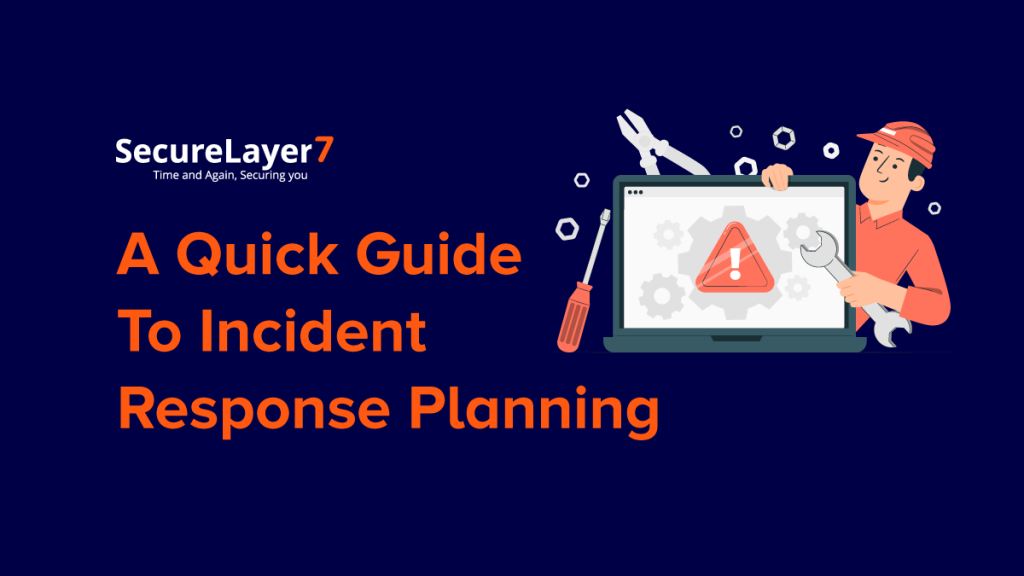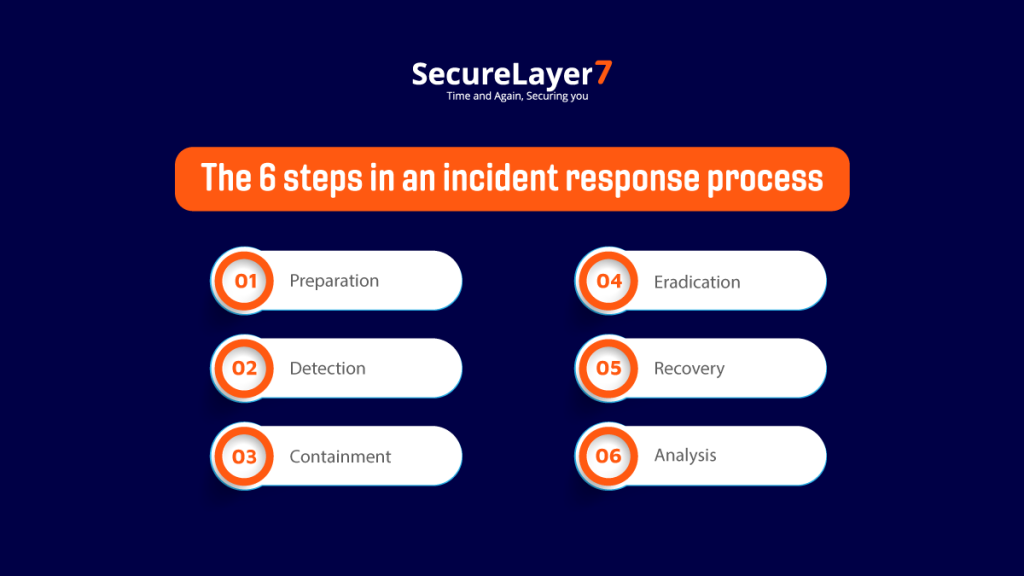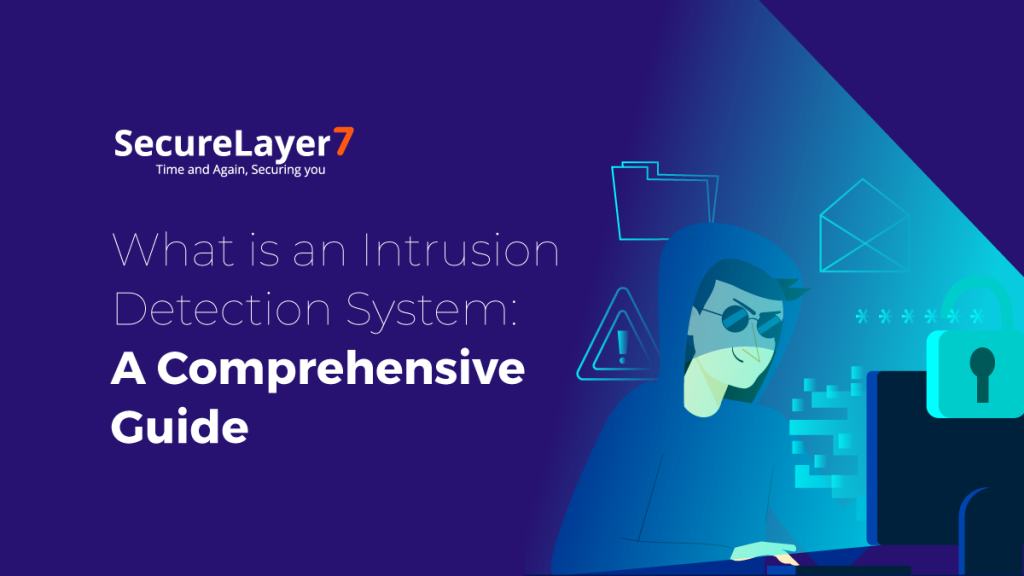
Simplified Security Posture Dashboard
April 3, 2023
Automated Vs Manual Pen-Testing – What’s The Difference?
April 7, 2023
In today’s fast-paced and interconnected world, the threat of cyber-attacks and data breaches has become increasingly prevalent. As a result, it’s crucial for organizations to have a solid incident response plan in place to effectively and efficiently respond to security incidents.
Incident response planning involves creating a framework and protocols for detecting, investigating, containing, and recovering from security incidents.
This guide will walk you through the essential steps for developing an effective incident response plan, including risk assessment, incident categorization, team formation, communication strategies, and post-incident review.
Let us start off by understanding what incident response is in detail.
What is an Incident Response?
Incident response is a structured and coordinated approach to addressing and managing the aftermath of a security incident or data breach.
An incident response typically involves a team of individuals with specific roles and responsibilities who work together to investigate and respond to the incident.
This team may include IT staff, security personnel, legal counsel, public relations experts, and other relevant stakeholders.
The incident response team will follow a pre-defined set of procedures to identify the cause and scope of the incident, contain and mitigate the damage, and recover and restore systems and data.
What is an Incident Response Plan?
An incident response plan is a documented set of procedures and guidelines that an organization follows in the event of a security incident or data breach.
The plan outlines the steps to be taken by the incident response team to detect, contain, investigate, and recover from the incident in a timely and effective manner.
The next section will help you understand the whole process of an incident response plan.
The 6 steps in an incident response process
An incident response typically follows 6 steps that go as follows.
- Preparation
- Detection
- Containment
- Eradication
- Recovery
- Analysis

Here’s a brief overview of each step.
Step 1 – Preparation
This step involves developing and implementing an incident response plan before an incident occurs. The plan should include procedures for detecting, responding to, and recovering from incidents and identifying the roles and responsibilities of the incident response team.
Step 2 – Detection
This step involves identifying that an incident has occurred. This can be done through various means, such as intrusion detection systems, log analysis, or user reports.
Step 3 – Containment
This step involves isolating the affected systems or networks to prevent further damage. This may involve blocking traffic or disconnecting affected devices from the network.
Step 4 – Eradication
This step involves removing the cause of the incident from the affected systems or networks. This may involve removing malware, patching vulnerabilities, or resetting compromised passwords.
Step 5 – Recovery
This step involves restoring the affected systems or networks to regular operation. This may include restoring data from backups, rebuilding systems, or reconfiguring network settings.
Step 6 – Analysis
This step involves investigating the incident to determine its cause, scope, and impact. This information can be used to improve the incident response plan and prevent similar incidents from occurring in the future.
Create the Best Incident Response Plan with SecureLayer7
At Securelayer7, we understand the importance of identifying vulnerabilities and creating an informed incident response plan.
Our team of experienced security experts can perform a thorough penetration test to identify all possible vulnerabilities in your systems and networks. We use industry-standard tools and techniques to simulate real-world cyber attacks and provide you with a detailed report of our findings.
Our experts can also work with you to develop an incident response plan that is tailored to your specific needs and takes into account the vulnerabilities that have been identified.
We can help you define the roles and responsibilities of the incident response team, establish clear procedures for responding to incidents, and ensure that communication channels are in place to effectively respond to incidents.
By working with Securelayer7, you can be confident that your organization is well-prepared to respond to security incidents and minimize their impact.
Get in touch with us today to see how our comprehensive approach to vulnerability assessment and incident response planning can help you stay ahead of cyber threats and protect your business.


